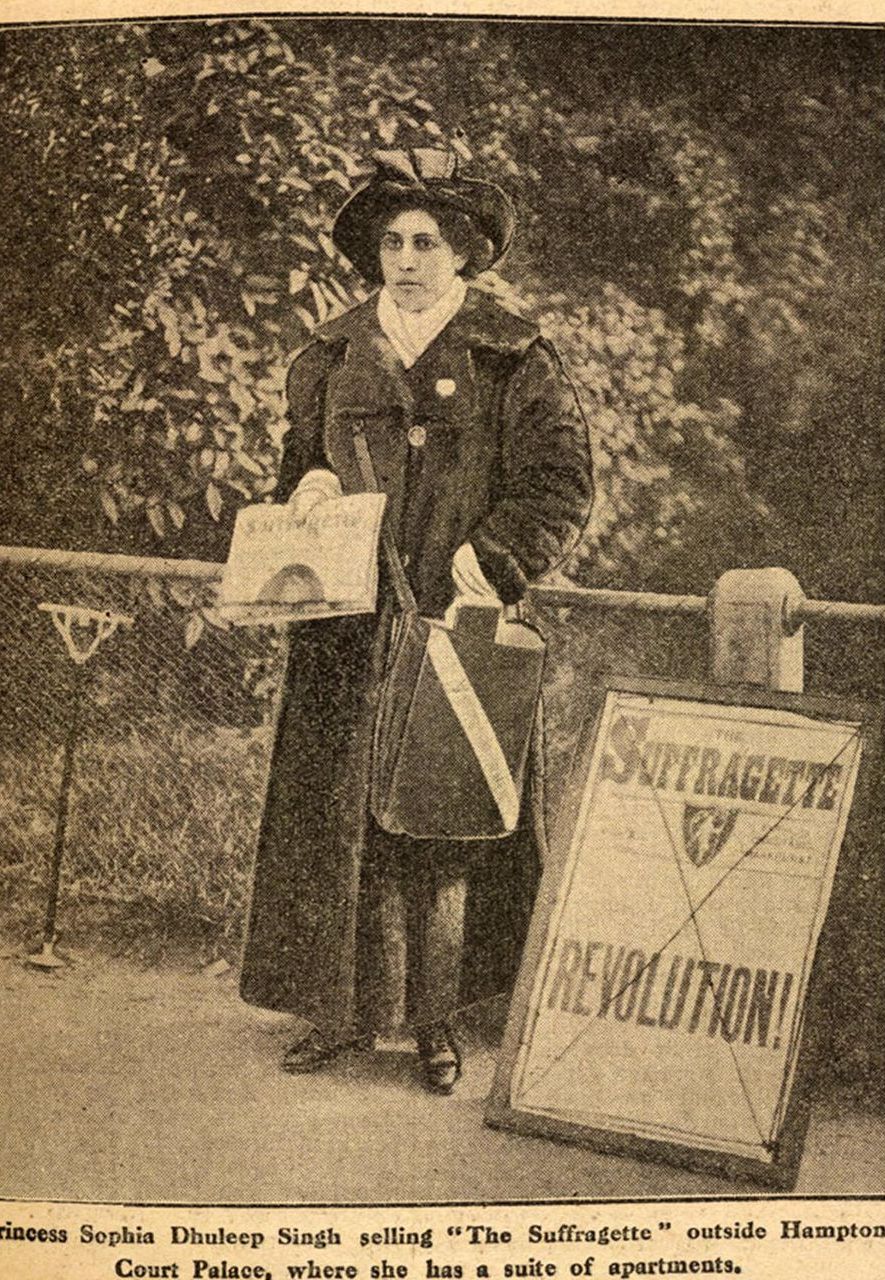T
The countryside holds a sacred place in Britain’s imagination – thatched cottages, resplendent country manors, imposing castles, ye olde worlde churches, sweeping pastures, wildflower meadows, gently ambling waterways and gardens in bloom are part of the nation’s fairytale, representing an Arcadia unsullied by cities, modernity, migration and globalisation.
It’s an image that endures across the ‘green and pleasant land’ under threat from ‘satanic mills’ in William Blake’s Jerusalem, in the novels of Jane Austen and Evelyn Waugh, in the watercolours of John Constable and JMW Turner, and period dramas, such as the Oscar-winning Gosford Park and wildly popular TV series, Downton Abbey.
More like this:
– Rediscovering India’s forgotten masterpieces
– Why are statues so powerful?
– The iconic civil rights images that still resonate
In 1993, then Prime Minister John Major, in a speech making the case for Britain being at the heart of Europe, famously said, “Fifty years from now Britain will still be the country of long shadows on county [cricket] grounds, warm beer, invincible green suburbs, dog lovers and pools fillers and – as George Orwell said – ‘old maids bicycling to Holy Communion through the morning mist’.”
However, Colonial Countryside, a youth-led history and creative writing project between 60 primary schools and the National Trust – the heritage charity and 5.6 million-strong membership organisation responsible for 500 historic places in England, Wales and Northern Ireland – is unsettling the idea of the rural utopia. The scheme aims to bring out neglected histories that highlight the connection between country houses and the wider world, for example West Africa, the Caribbean, India and China, through the British Empire and colonialism.





